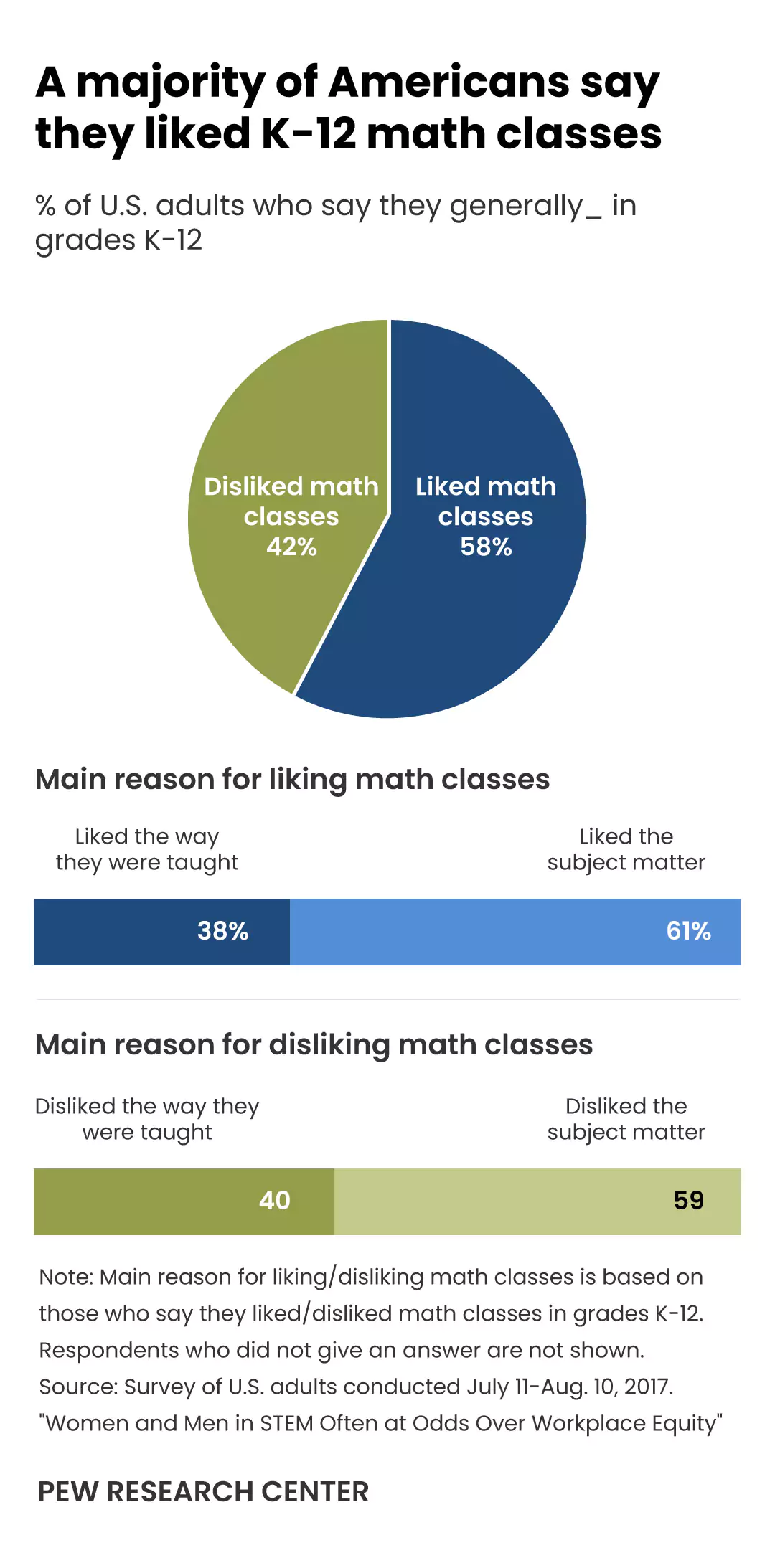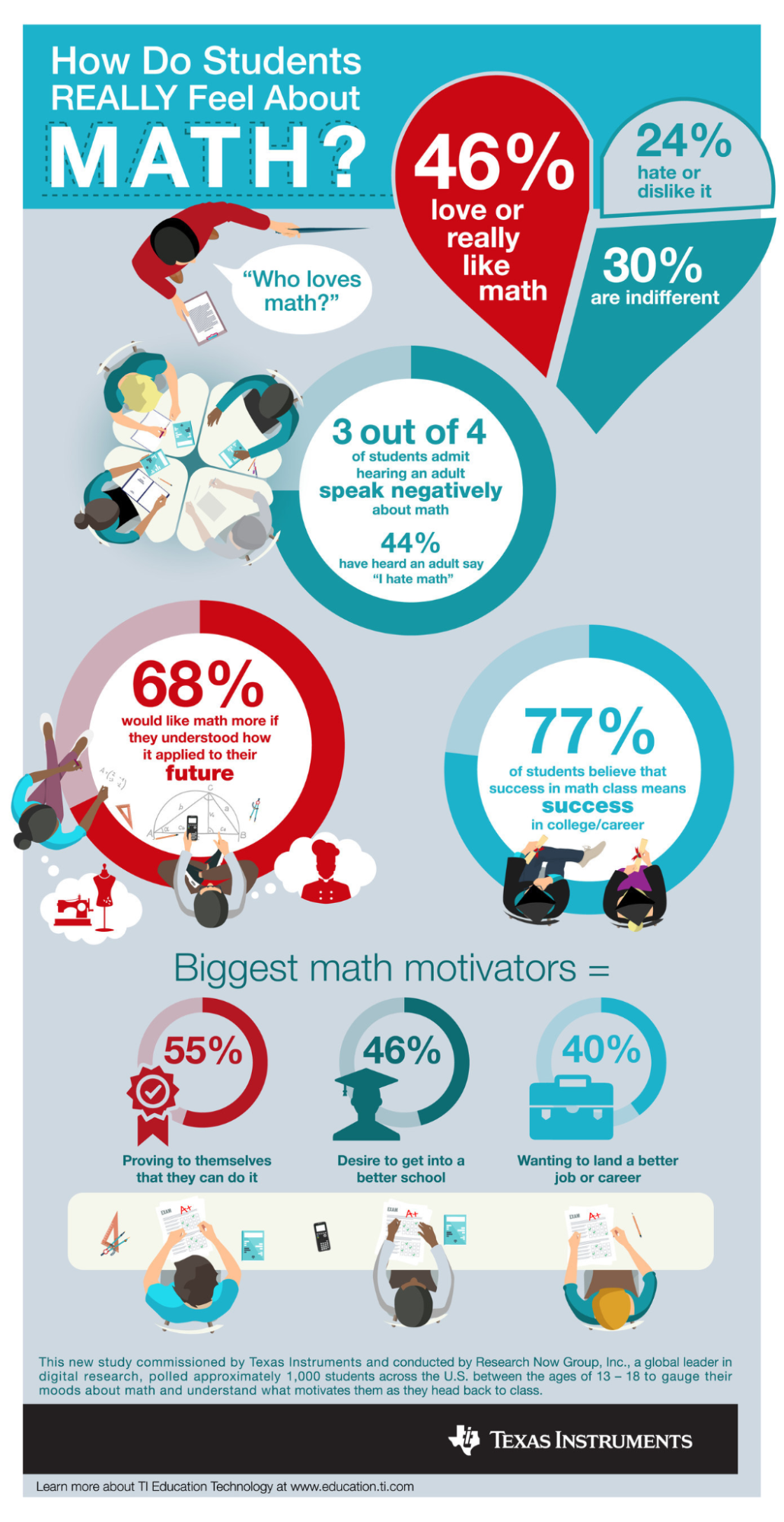Update: This article was last updated on 28th February 2024 to reflect the accuracy and up-to-date information on the page.
High school can be both a challenging and exciting time for students. This stage, a critical one in a student’s life, is all about time management, setting priorities, and creating schedules for activities, as well as organizing study materials and learning preferences.
It’s also a time when students start thinking about their future and the courses they need to take to achieve goals. For many students, math is a subject that sparks a mix of emotions – from enthusiasm to apprehension.
According to a study, student’s emotions toward mathematics are influenced by cognitive, affective, motivational, and expressive factors.


Which high school maths classes are essential for your academic and career journey?
Algebra, geometry, calculus, statistics, and probability are considered to be the 4 main branches of mathematics.
In this blog, we’ll explore the essential high school math classes that can prepare your child for various paths in life, along with some additional information about specific math courses.
1. Algebra I
Generally, Algebra I is the first math class children are required to take as part of their high school career. They study real numbers, exploring solving, writing, and graphing linear equations. They’ll also learn polynomials as well as quadratic equations and functions. Many students take algebra classes during their freshman year, though math classes are assigned based on the results of a placement test. Because of this, high school math classes can contain students in different grades.
2. Algebra II
Unsurprisingly, Algebra II builds upon the skills and concepts covered in Algebra I. This includes a deeper look at solving and graphing equations, as well as inequalities and functions. Many Algebra II classes include trigonometry, which is not always taught as its own course. This is the last required mathematics course in high school for many students.
(a) Geometry
Those who don’t otherwise enjoy math enjoy taking geometry. In geometry classes, solid geometry such as constructions, measurement formulas, and formal proofs is taught. This class is typically taken following Algebra I and can also contain students in different grades because of placement tests.
(b) Trigonometry
Selection for trigonometry starts during junior year (though it may happen earlier or even later). Trigonometry is often worked into existing math courses, but some students may end up taking it as their own course. It involves both algebra and geometry and applying those concepts to circular and periodic functions.
(c) Pre-Calculus
This class is often offered as an elective for students who wish to take more advanced math classes. It examines series and sequences, probability, limits, derivatives, and statistics. Many seniors take this class in preparation for the study of college mathematics.
(d) Calculus
It is a fairly select group of high school students who make it to calculus, but they do exist. This may particularly benefit those who want to study a math-related field in college. During calculus classes, students can expect to continue the material taught in pre-calculus, now emphasizing integration and differentiation.
(e) Statistics
In today’s data-driven world, statistics has become increasingly essential. High school statistics courses cover topics such as data analysis, probability, and inferential statistics. Understanding statistics is crucial for making informed decisions and interpreting data, whether you’re pursuing a career in business, social sciences, or any field that relies on data analysis.
(f) Advance Math Electives
Beyond these essential courses, many high schools offer a variety of advanced math electives, such as linear algebra, discrete mathematics, or number theory. These courses can be beneficial if you have a strong interest in mathematics or plan to pursue a math-related career.
Elective math classes can vary wildly by school but may include computer math, math applications, and math literacy. The focus is on more real-world applications of math and may be taken by those outside the STEM field.
(g) Arithmetic Progression Classes
For students pursuing STEM work or education, AP classes can help differentiate them from the competition. AP Calculus AB (Advanced Placement Calculus) and AP Calculus BC (combination of all AP) both demonstrate your skills to potential colleges and are offered at many schools.
How Many Math Classes Are Required?
The number of math classes you need depends on where your child goes to high school or college. Different places have different rules.
For instance, in New York State, you have to take six math classes (that’s six semesters). Two of those classes need to be beyond Algebra I. In California, you have to do two years of math, including Algebra I. In Florida, it’s four math classes, including Algebra I and Geometry. If your child is taking courses that count for college credit or computer science, they can replace up to two of those classes, but not Algebra I and Geometry.
Colleges also have their own rules. Cornell, for example, needs four years of math for most schools, except for Arts & Sciences and Architecture, Art, and Planning, which require three years. The University of Virginia says you should have three years of math, including Algebra I and II, plus one more from Geometry, Advanced Algebra & Trigonometry, Calculus, or a related course. Then there’s Colgate University, which doesn’t make you take any specific math classes for admission. But they say that most students they accept have finished four years of math.
What is the Hardest Math Class in High School?
The toughest math class in high school is usually AP Calculus BC or IB Math HL. AP Calculus BC builds on the material from AP Calculus AB but goes further with more difficult and advanced concepts.
If your state and school have dual enrollment programs, your child might have the option to take college courses while still in high school. These courses can be even more challenging, but they’ll need to finish the prerequisites, including the AP and IB courses mentioned earlier. It’s a great opportunity if they’ve already covered everything in high school math classes and want to explore more advanced topics.
Conclusion
High school math classes play a significant role in shaping your academic and career trajectory. While the specific courses you take may vary depending on your interests and goals;
- It’s essential to have a strong foundation in algebra and geometry.
- Pre-calculus and calculus open doors to more advanced math and science disciplines, while statistics equips you with vital skills for interpreting data.
Ultimately, the essential high school math classes depend on your child’s aspirations and the requirements of their chosen career path. Your child can talk to the school counselor and teachers to make informed decisions about math course selection.
Make sure they are not afraid to challenge themself and explore the world of mathematics – it’s a journey full of exciting discoveries and endless possibilities.
Moonpreneur is on a mission to educate and ignite the flames of entrepreneurship through our holistically created online STEM programs, which will help kids master the futuristic sciences such as Robotics, Game Development, App Development, Advanced Math, and much more!!
Register for a free 60-minute robotics workshop today!















